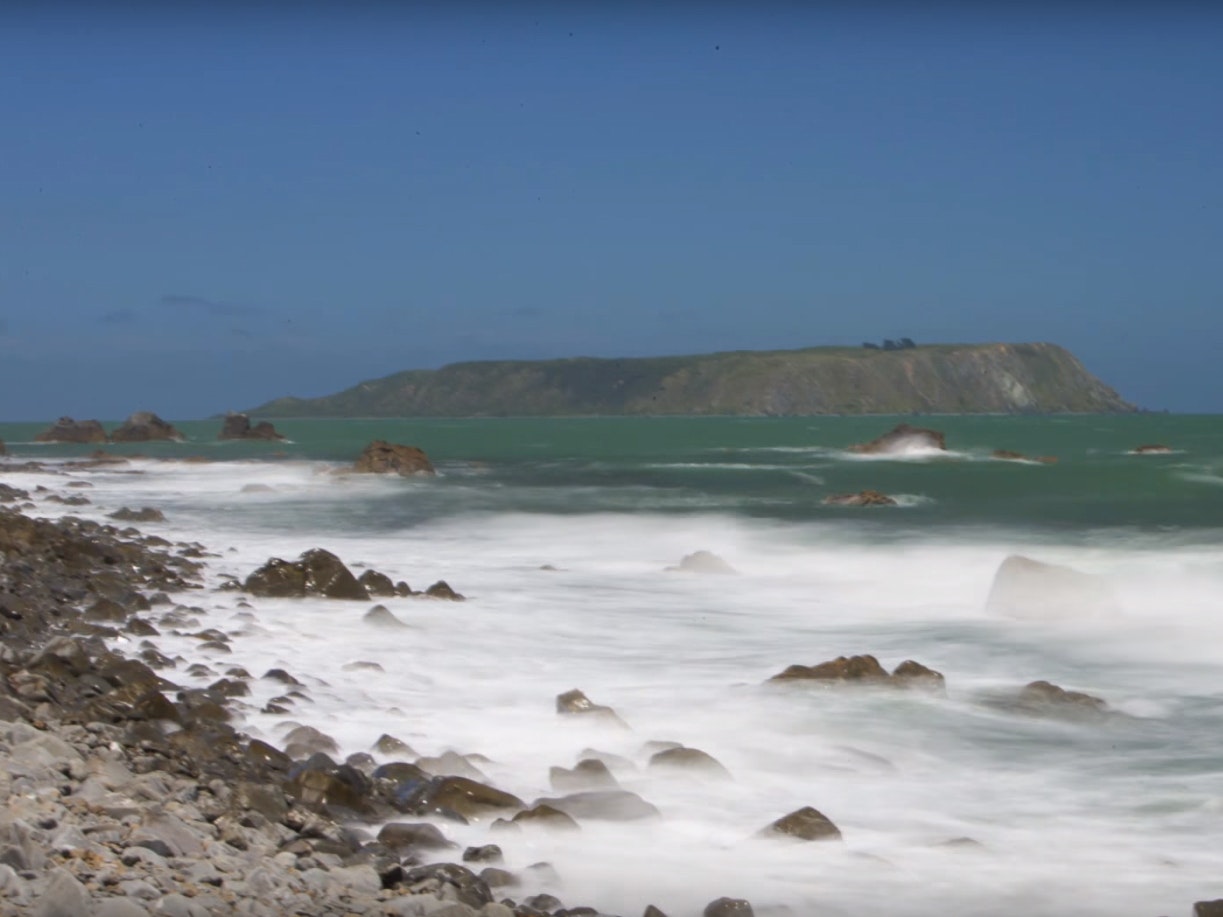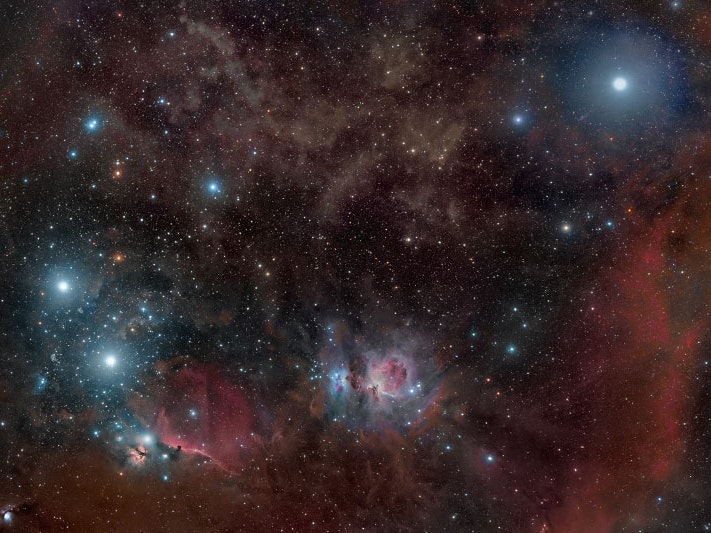
Watch: The Star Family of Matariki story
Hear Te Waari Carkeek, from Ngāti Toa Rangatira iwi, tell the story of how the seven Matariki stars use their special talents and skills to help their kuia, Papatūānuku (the earth), prepare for the new year.
Free museum entry for New Zealanders and people living in New Zealand
Open every day 10am-6pm
(except Christmas Day)
Free museum entry for New Zealanders and people living in New Zealand
Some iwi celebrate Puanga rather than Matariki. Che Wilson of Whanganui iwi explains why this is the case, and which iwi celebrate Puanga.
Ki tā ētehi, ehara a Matariki i te tohu o te tau, ko Puanga kē. Anei ētehi whakamārama nā Che Wilson o Whanganui iwi mō ngā iwi e whai i ngā tohutohu o Puanga.
Puanga leads the celestial signs to herald the New Year
All iwi celebrate the Māori New Year in June or July, but not all iwi refer specifically to this time of year as Matariki. Instead, other iwi will name this time of year ‘Puanga’.
Puanga is given prominence mainly because some iwi struggle to see Matariki clearly from their locality and therefore look to the next important star near Matariki. That star is Puanga.
This is not a rejection of Matariki as many of these iwi will still refer to Matariki and the other names in the constellation in their tribal narratives – however, Puanga is given preference.
The location of Puanga in the mid-winter sky. From Work of the Gods by Richard Hall
The tribes of Whanganui, Taranaki, parts of the Far North, and parts of the South Island recognise Puanga.
Puanga is the star Rigel and is the brightest star in the Orion constellation. Matariki is seen below Puanga and to the left of Tautoru (the three stars of Orion’s Belt) in the late autumn and early winter night sky.
The most common whakataukī that recognises the importance of Puanga is:
The abundant harvest of Puanga
This whakataukī connects Puanga and Matariki celebrations to the result of hard work over a number of months. It recognises the efforts of growing, harvesting, and storing food for the long nights of takurua as Tamanuiterā returns to his first wife Hinetakurua.
This union results in short days and long nights over the winter months. However, every year Māui recaptures Tamanuiterā, and he then marries his second wife Hineraumati where the nights are short and the days are long as a result of summer – so it could be argued that Māui is the founder of daylight savings.
Puanga isn’t celebrated over one or two days. Instead, it is a period of approximately a month or longer with at least two months of preparation followed by two months of wānanga.
The first new moon in the month of Pipiri is the period when stars like Puanga, Matariki, and Whānui set. This time is a chance to reflect on the past year and to remember your loved ones.
Puanga and Matariki then rise again in a fortnight in the eastern sky. This is the time to acknowledge the rising of our loved ones that have passed so that their spirits become stars, and to prepare for the celebrations of the New Year.
The appropriate time to commence celebrations is based on the nights of abundance for your locality, and some will recognise the nights of Rākau and others the nights of Tangaroa – one week after full moon. This is to ensure that any food available is in abundance so that the hākari dedicated and celebrated in the name of Puanga is recognised appropriately.
New Zealand Pigeon / kererū. (One-Half natural size) Plate 24. From the book: A history of the birds of New Zealand Vol. 1, 1888, by Johannes Keulemans. Te Papa (RB001304/024a)
The kererū synonymous with Puanga kai rau (noted above) because during this time of year the kererū is fat after eating the miro and tawa berries. The large amount of berries ferments in the bird’s stomach causing drunkenness – making the kererū very easy to catch.
This meant kererū were the food of choice during Puanga celebrations. The first bird was always given to the senior women of the whānau.
The stomach of the kererū were also fed to expecting mothers to help quell any food cravings and to ensure that mother and unborn child were given the most nutritious foods.
Māori woman gardening with a timo, date unknown. Photograph by Lindsay Charles. Te Papa
Puanga is also a time to prepare the māra and ensure that winter frosts will help to kill any weeds or soil infections.
This time is likened to, and re-enacts, the creation period of Te Kore (the void/potential) and once the land has been treated, it will then go through a period of Te Pō (the night – or a time to plant). Then as the shoots of the food sprout above the soil, the plants transition into Te Ao Mārama (the world of light).
Like Matariki, Puanga is a time of reflection, preparation, learning, and celebration.

Hear Te Waari Carkeek, from Ngāti Toa Rangatira iwi, tell the story of how the seven Matariki stars use their special talents and skills to help their kuia, Papatūānuku (the earth), prepare for the new year.

Matariki isn’t universally observed, due to a variety of reasons – including the fact that the cluster is not visible to everyone in Aotearoa New Zealand. Learn about regional variations in marking te Mātahi o te Tau (the Māori new year).

Learn all about Matariki and see our events. Matariki is a time to gather with family and friends to reflect on the past, celebrate the present, and plan for the future.